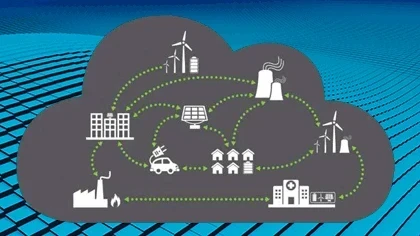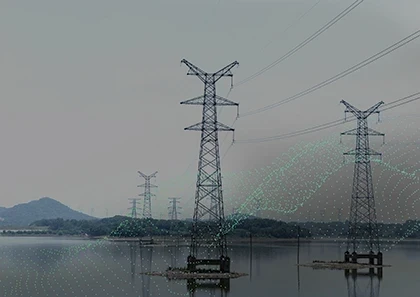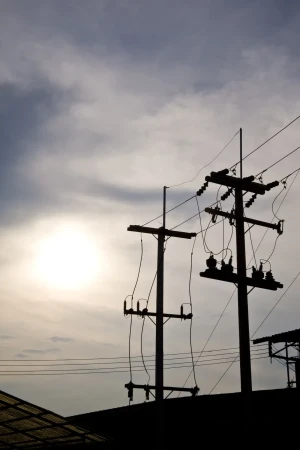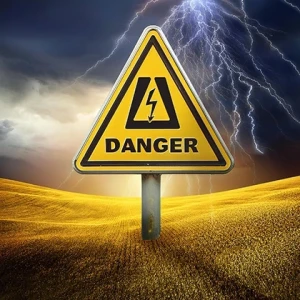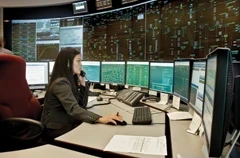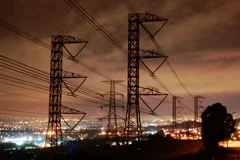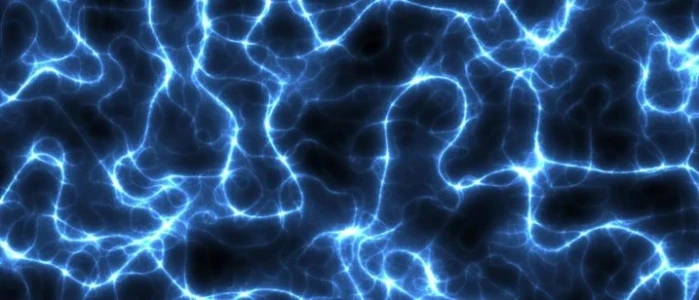Distributed Energy Resources - Small Scale Power

Distributed energy resources (DERs) can benefit the power system and individual homes and businesses. DERs can increase the resiliency and reliability of the power grid, reduce greenhouse gas emissions, reduce the overall power cost, and provide power at the point of use. Several types of DERs can be used to generate electricity, including renewable energy sources like solar photovoltaic, wind power, and fuel cells, as well as energy storage systems like battery storage and combined heat and power (CHP) systems. DERs can also be used to power electric vehicles (EVs) and help to reduce greenhouse gas emissions in the transportation sector.
One of the most significant benefits of DERs is their ability to increase the resiliency and reliability of the power grid. When traditional power plants experience outages, DERs can continue to provide power to homes and businesses, reducing the impact of the outage. DERs can also help to reduce the strain on the power grid during peak demand periods, which can help to prevent blackouts and brownouts.
Another benefit of DERs is their ability to reduce greenhouse gas emissions. Renewable energy sources such as solar photovoltaic and wind power do not produce carbon emissions, which can help reduce the amount of greenhouse gases released into the atmosphere. In addition, CHP systems can use natural gas to generate electricity while using waste heat to provide heating or cooling to homes or businesses. This can help reduce overall power consumption and lower carbon emissions.
Electric vehicles (EVs) are another type of DER that can help to reduce greenhouse gas emissions. EVs can be charged using renewable energy sources, which means that they can help to reduce the use of fossil fuels in transportation. In addition, EVs can also provide energy storage, which can help balance the power grid during periods of high demand.
DERs can also help to reduce the overall cost of power. Because DERs are typically small-scale, they can be less expensive to install and maintain than large-scale power plants. In addition, DERs can provide power at the point of use, which can help reduce the amount of power lost during transmission and distribution.
Several types of DERs can be used to generate electricity. Solar photovoltaic (PV) systems use solar panels to generate electricity from the sun’s energy. Wind power systems use wind turbines to generate electricity from the wind. Fuel cells use hydrogen and oxygen to generate electricity, with water as the only byproduct.
In addition to renewable energy sources, DERs can include energy storage systems such as battery storage. Battery storage systems can store energy generated by renewable energy sources, which can be used during periods of high demand or when the renewable energy source is unavailable.
DERs can also include CHP systems, which use natural gas to generate electricity and waste heat to provide heating or cooling to homes or businesses. In addition, CHP systems can provide power at the point of use, which can help reduce the amount of power lost during transmission and distribution.
DERs can be connected to the power grid through a smart grid, which can help to monitor and manage the flow of energy. A smart grid can also help to balance the power grid during periods of high demand by using DERs to provide additional power.
One of the most significant advantages of DERs is their small-scale nature, which allows them to be located close to where the electricity is needed, reducing transmission and distribution losses. DERs can also provide power during peak demand periods, helping to avoid the need for additional power plants or transmission lines.
Read full article in the Overhead and Underground T&D Technologies Special Edition 2023

